Managing a mixed-fuel fleet with the bp Fuel & Charge card

Managing a fleet, whether it runs on electricity, conventional fuel or a mix of both, comes with its fair share of challenges. So, fleet managers need a solution that adapts to their needs, whether that’s keeping costs in check or reducing the admin burden of running a mixed fleet. The bp Fuel & Charge card […]
INDUSTRY SPOTLIGHT: Bumblebee EV charging

Experts in EV technology and trusted across the UK. With access to all government grants we can provide full assistance in enabling you to claim up to 75% of the installation cost back. At Bumblebee, we discount your quote so we can underwrite the bulk of the install with little initial outlay to you. We […]
THE WHICHEV VIEW: Humax readies MX7 2nd-gen business chargers for UK market

By WhichEV Humax has announced the launch of its second-generation EV home charger, the MX7, which is set to arrive in the UK from June 2025. The new product range will offer both residential users and businesses access to bi-directional, vehicle-to-grid (V2G)-ready charging technology, with a particular focus on energy efficiency, safety, and compatibility with […]
Tesla introduces new pricing structure for Supercharger network
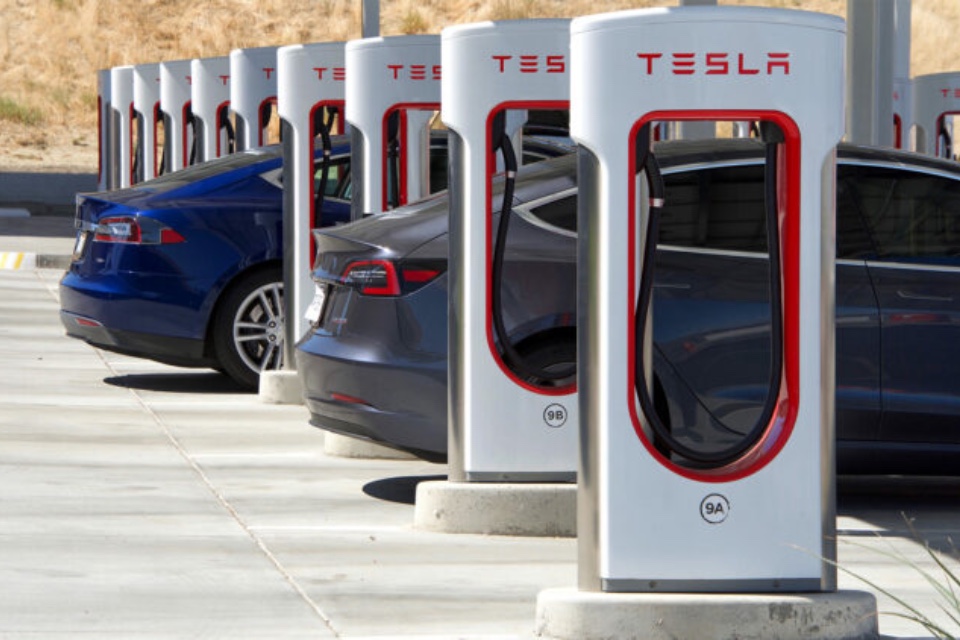
By WhichEV Tesla has revised its pricing structure for its Supercharger network in the UK, introducing a new membership model that offers lower charging rates for all electric vehicle (EV) owners. The company confirmed that as of April 13th, it moved to a membership-based system, where Tesla owners are enrolled automatically. Having lost ground to […]
Wattif sets sights on UK EV charging network

Norwegian electric vehicle (EV) charging infrastructure start-up Wattif EV has set out its plans to play a leading role in the UK network for destination chargers by 2030, having recently installed its first charging points in the country and secured a €50m investment. Wattif EV seeks to accelerate the electrification of the UK parking network […]
Rapid charging grows public charging devices 36% in 2022
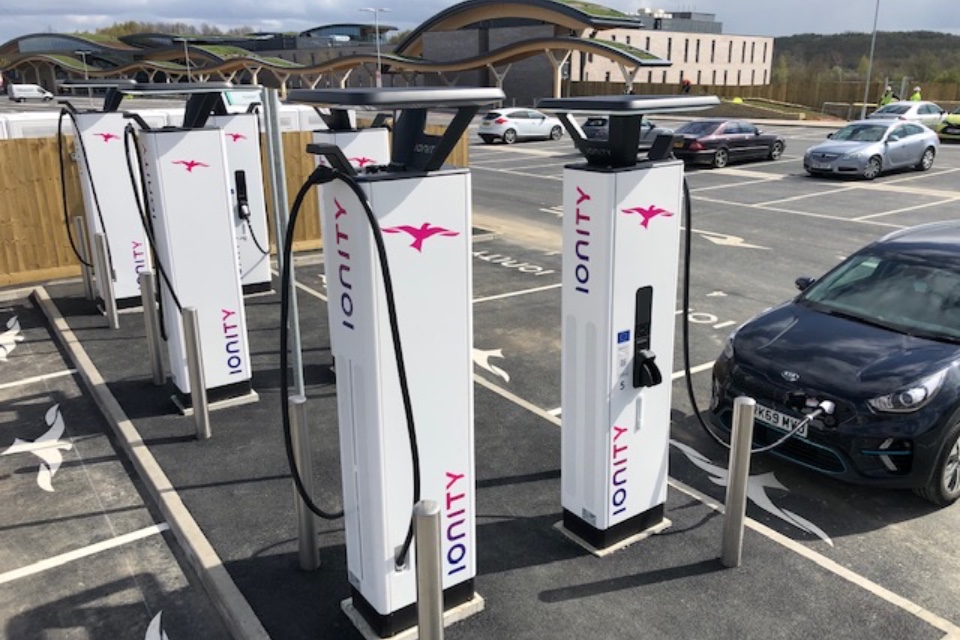
By WhichEV The increase in the rate of consumer movement from petrol/diesel based cars – across the electric vehicles – is now being matched by the increased rate of deployment for fast public chargers. The Government has, over recent years, invested in this expansion of the charging infrastructure – and it would appear that we […]
Energy Storage Systems to support rapid EV charging on motorways
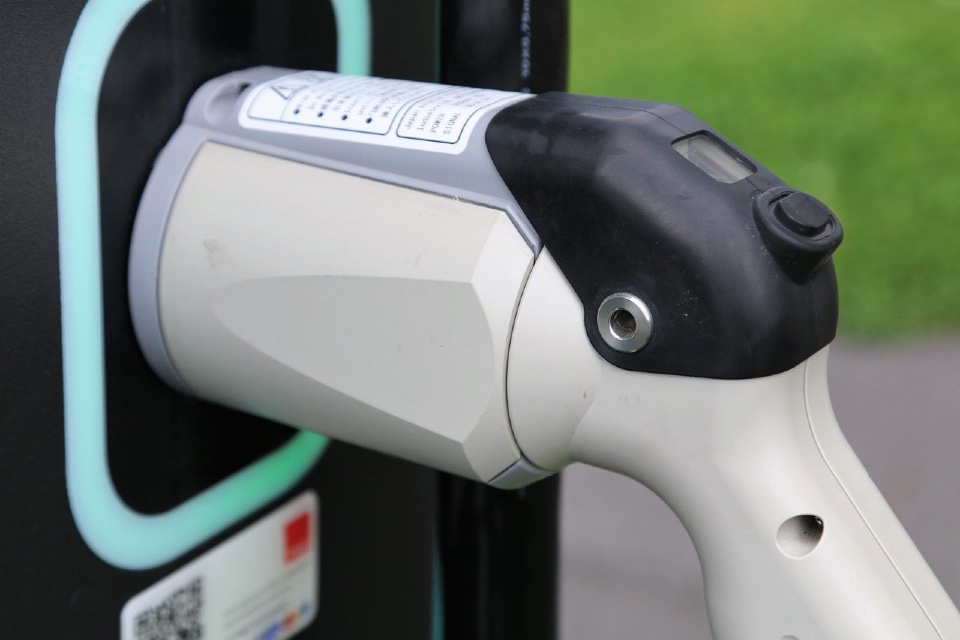
The challenge of finding somewhere to rapidly charge electric vehicles on a long journey may be eased slightly thanks to a multi-million-pound investment from National Highways. The government-owned organisation plans to invest in Energy Storage Systems – essentially giant battery packs – for service stations where the grid supply is not enough for rapid charging […]
The electric vehicle revolution: How our homes are driving the green transition

By Ella Pumford (pictured), Content Manager at St. Modwen Homes Electric vehicles are driving the UK’s green transition, helping the nation on its journey towards sustainability and net zero emissions by 2050. To achieve this goal, the sale of new petrol and diesel cars will be banned after 2030, meaning that the future roads are […]
Oxford to get ‘Europe’s most powerful’ EV charging hub
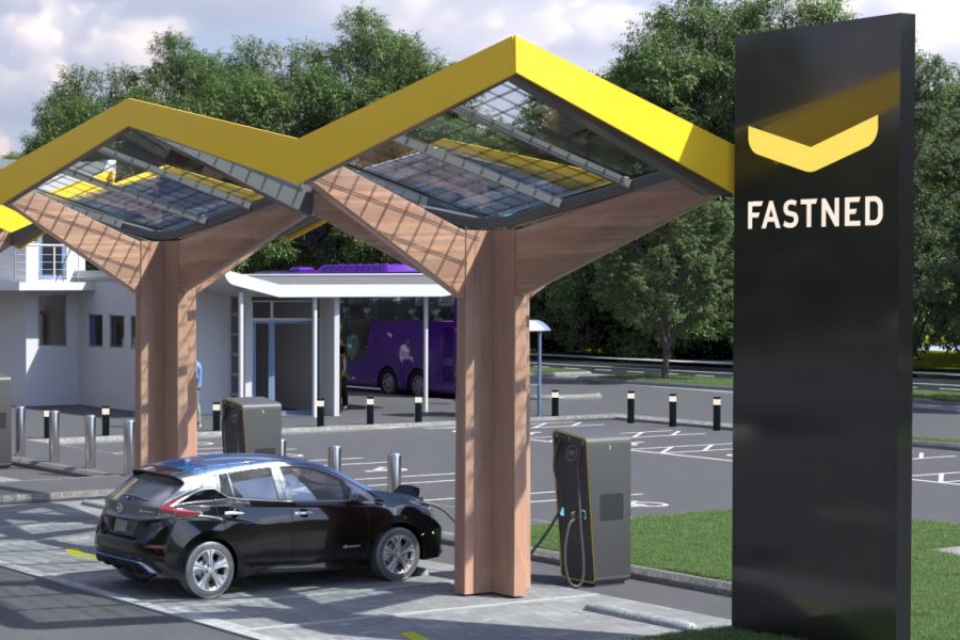
UK-based Pivot Power, part of EDF Renewables, and Oxford City Council have joined up with Fastned, Tesla Superchargers and Wenea to deliver what they are calling Europe’s most powerful EV charging Superhub. The hub, initially featuring 38 fast and ultra-rapid chargers in a single site, is the most powerful in Europe – with up to […]
bp pulse confirms ultra-fast charging hubs rollout
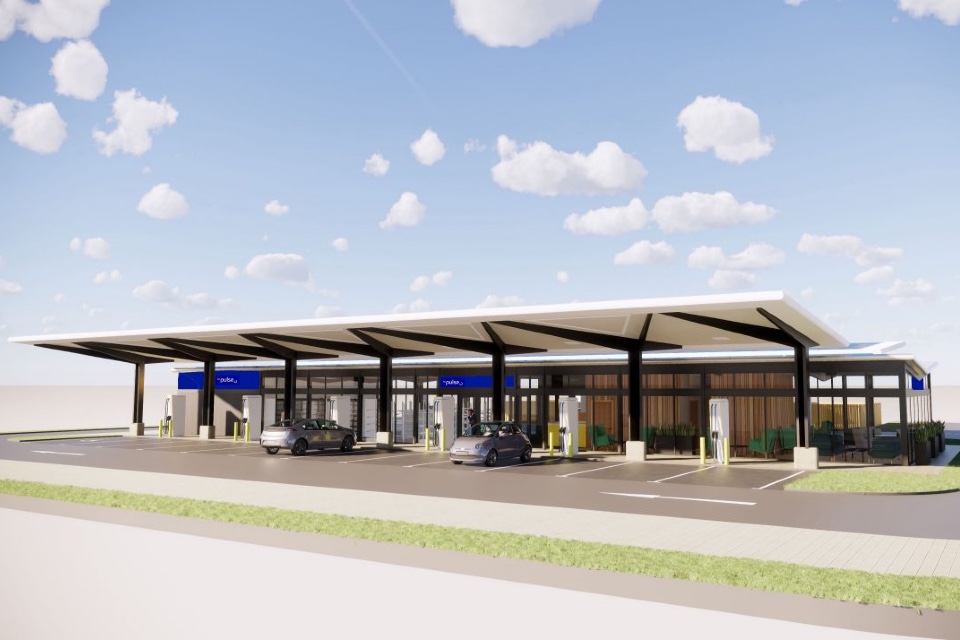
bp pulse is to expand its ultra-fast EV charging infrastructure significantly across the UK, with a series of new charging hubs developed in partnership with The EV Network (EVN). Electrification is at the heart of bp’s convenience and mobility strategy with the company aiming to double the size of the bp pulse network in the […]


